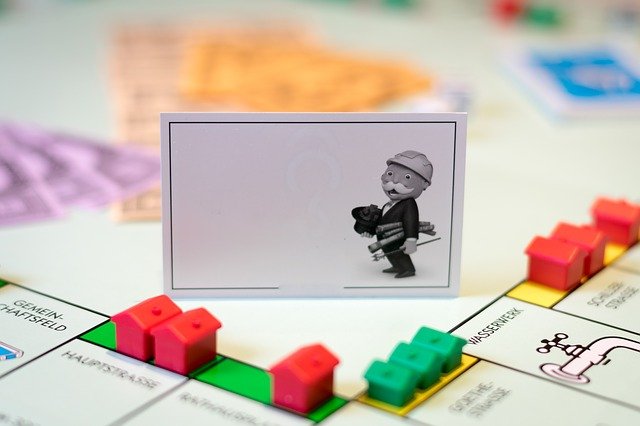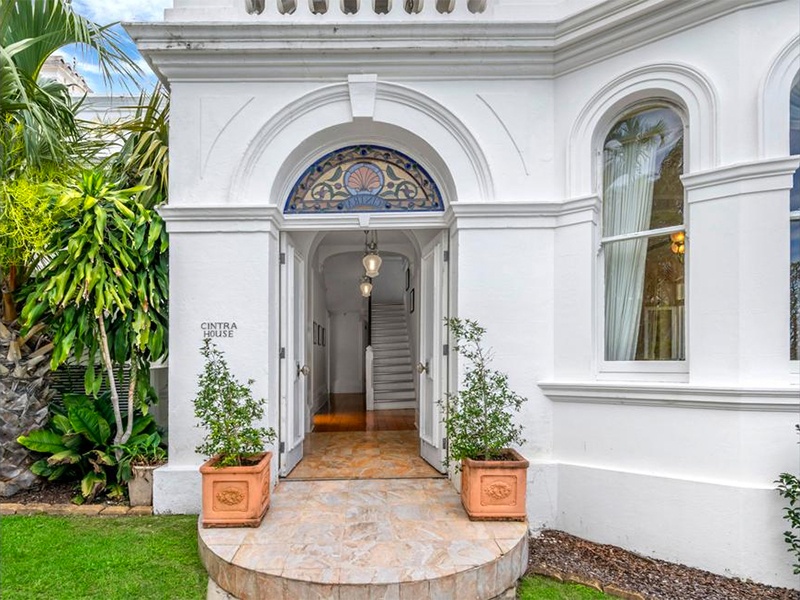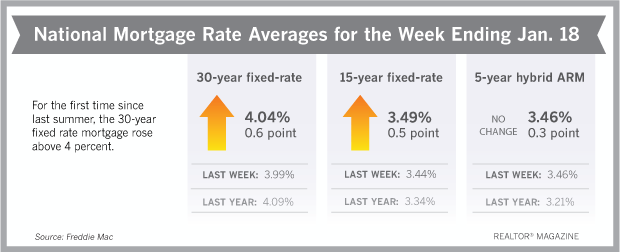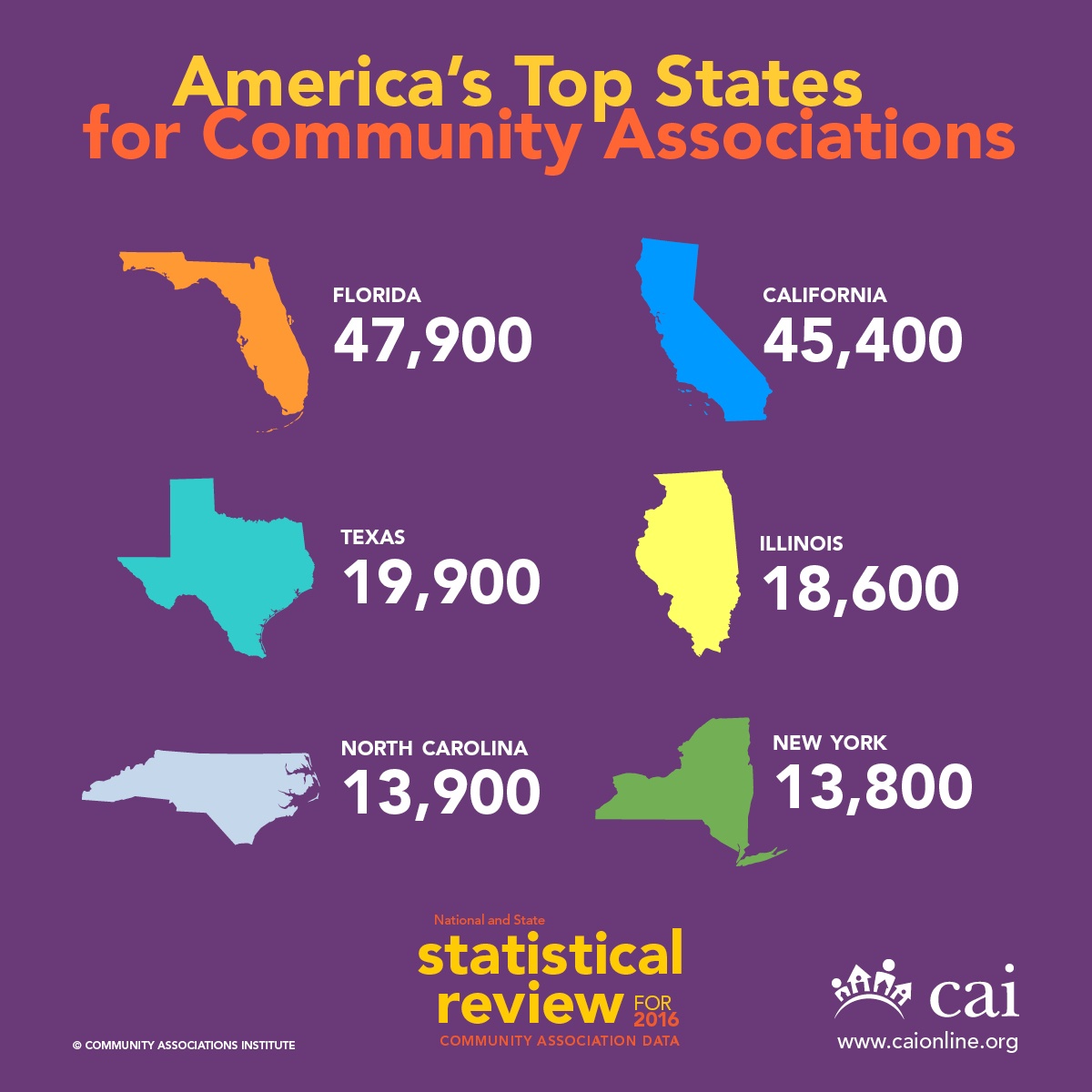
See the benefits of build to rent for tenants.
Well-established in the United Kingdom and United States, the build-to-rent property development model is gaining traction in Australia .
Different to the traditional build-to-sell approach which dominates the Australian property landscape, build-to-rent – sometimes called “multi-family housing” – is touted as a way to provide steady income for investors and security of tenure and better conditions for renters in a growing, ever-tightening rental market.
In Australia, nearly a third, or 32%, of households are renting, well up on 20 years ago, when renters only represented about a quarter of households.
What is build-to-rent?
Build-to-rent projects are large-scale residential developments, almost always high-rise blocks of apartments, where all the properties are owned and managed by a single entity to be rented out over mid to long-term periods.
The approach is different to the conventional build-to-sell model, where a developer builds an apartment block, then sells off each individual apartment or unit, which the buyer or a tenant they select might end up living in.
The sector is still on the small and immature side in Australia, especially when compared to the United Kingdom and the United States, where it has a strong foothold.
Industry experts say it’s growing and gaining recognition as a viable investment and rental option, predominately in Melbourne and Sydney, where there’s now several completed projects and more in the pipeline.
Due to their longer leases, build to rent schemes are popular with those that are looking for security.
How does build-to-rent work?
Stephen Fitzsimon, the head of growth from Melbourne Real Estate, which has numerous build-to-rent projects including Montague Square and Piccolo House in South Melbourne on its books, explained how it works.
“Apartment blocks are usually designed and built with a view to maximising sales of the final product; the individual apartments; whereas with build-to-rent, the project is based on maximising residents’ enjoyment and liveability, as the developer retains ownership of all the apartments and offers them for longer term rent,” he said.
Both smaller private investors familiar with residential development and larger listed entities are developing build-to-rents in Australia, with the “brand” of developments set to become a selling point, Mr Fitzsimon said.
For tenants, living in a build-to-rent is different to a standard apartment block, where every unit can be owned by someone different, he said.
“Build-to-rent developments not only offer longer leases, up to three years – which gives tenants the security of knowing the owners’ daughter won’t want to move in one day and leave you without a place to live, for example – but also amazing facilities in their buildings, like gyms and yoga rooms, rooftop spaces, even dog-walking services.”
In many build-to-rents, tenants are allowed to paint walls and hang pictures and keep pets. Annual rent increases can often be locked in when signing.
Benefits of build-to-rent for tenants
From a tenants’ perspective, there are a number of benefits to this new model. There’s greater security of tenure and more flexibility and choice than a regular lease, as well as access to services, hotel-like amenities and a “community experience”.
1. Greater security of tenure
Mr Fitzsimon said security of tenure is one of the biggest upsides for tenants. He said because build-to-rent developers have a long-term strategy, they’re happy for longer leases, sometimes as long as three years. This is in stark contrast to the private rental market, where one year is standard.
Dr Diaswati Mardiasmo, chief economist for PRD, said because build-to-rent leases are longer than most private rentals, tenants avoid the 12-month “leasing cycle” – which can leave them looking for a new place every year in some cases.
2. Living in “a community” not just a building
Build-to-rent developers often promote the community element of the model. Dr Mardiasmo said it’s a drawcard for tenants.
“A community living culture (which sees) the sharing of space, means tenants automatically create friendship and form relationships. Therefore these people are not just your neighbours but also your community,” she said.
3. Amenities, amenities, amenities
Christian Grahame, the head of Grocon’s build-to-rent brand HOME, said the facilities offered in build-to-rent buildings, such as at HOME Southbank in Melbourne, due to open in January, set them apart.
“(These can include) gym facilities, yoga rooms, spin studios, spa and treatment spaces, state-of-the-art co-working, and shared zones to hang out and entertain,” he said.
“Professionally managed services will also give residents more time to focus on the things that matter by providing 24/7 support, including on-site maintenance and same day service.”
Amenities are often highly attractive within the build-to-rent developments.
Benefits of build-to-rent for developers
As with any investment there’s pros and cons for developers with build-to-rent projects too. There are a number of key benefits.
1. Steady income stream
A consistent income stream is at the top of the list, Mr Grahame said.
“As many investors are typically large, long-term asset holders, such as superannuation funds, they tend to be attracted to the steady income streams the build-to-rent model offers, as well as the ability to diversify their holdings alongside offices and other forms of real estate,” he said.
CBRE’s head of residential research Craig Godber said the consistency of build-to-rent income means investors minimise cyclical volatility seen in other types of investments.
“Also, in economic downturns, the residential asset class outperforms commercial/industrial asset classes,” he said.
2. Potential better returns
The amenities build-to-rents offer mean developers can boost their returns, because more rent can be charged, Dr Mardiasmo said.
“Most build-to-rent developments’ rental price is about 10% higher than the suburb’s median rent, unless it’s an affordable housing component, and a-la carte or subscription fee levels (are payable).”
3. Ability to minimise costs
With a build-to-rent there’s an opportunity to minimise costs in both the build phase and ongoing, Dr Mardiasmo said.
“(This could include) having maintenance facilities on a retainer that can do a bulk fixing job or wholesale prices for apartment fit out,” she said.
Disadvantages of build-to-rent for tenants
While longer leases and the ability to put a stamp on their home appeals to many potential build-to-rent tenants, there are downsides.
1. Having to pay top-dollar
Build-to-rents typically charge a price premium because of the associated services and amenity.
Dr Mardiasmo said depending on the way the developer has structured amenity inclusions and access to facilities, it may mean tenants end up paying for things they don’t use or value.
2. Risk of being locked in
With fixed lease lengths, some build-to-rents have break fees, Mr Godber said, which can be downside.
Dr Mardiasmo agreed. “Should your circumstances change and build-to-rent living no longer suits you, you are locked in for a longer period than 12 months.”
3. Fear of the unknown
Build-to-rent is still a relatively fresh idea in Australia and as with any real estate project, there are good and bad to be found.
Mr Fitzsimon said for this reason, potential tenants need to do their homework when choosing a building. It’s important to understand the deal on the table and read the fine print.
Disadvantages of build-to-rent for developers
It’s not just tenants who need to approach build-to-rent with caution. There’s downsides developers need to know about too.
1. Risk of investing in an emerging concept
While build-to-rent is common and popular in other parts of the world, it’s still a new concept in Australia, Mr Grahame said. That means developers need to overcome any nervousness in choosing to invest and then help build trust in the model.
“Investors and managers of Australian build-to-rent properties need to demonstrate the advantages of this new housing choice by delivering outcomes that live up to the promise,” he said.
2. Possible higher vacancy rates
As build-to-rents can be more expensive than the median suburb rent, and more often than not target a specific market, developers potentially face higher vacancy rates, Dr Mardiasmo explained.
“This depends on the demographics – and changing of demographics – in the area (where the development is located).”
3. Missing out on rent increases
Locking tenants into longer leases isn’t all upside, as there’s a risk of missing out on rent increases.
“You may be missing out on potential rent increases (ie market value rent) as you have locked in your renter at a certain price for a period of time,” Dr Mardiasmo said.
The build-to-rent landscape in Australia
Build-to-rent might be new and relatively immature, but it’s on an upwards trajectory, according to Dr Mardiasmo.
“It’s building momentum, especially now we have a rental shortage and vacancy rates are extremely low in many places. We are seeing more and more build-to-rent projects being approved or planned,” she said.
Build-to-rent developments in Australia
There are dozens of build-to-rent developments in varying stages of development across the country.
Who owns build-to-rent developments?
More often than not, build-to-rent investors have been in the space for a while, often in other countries where the model is more established, Dr Mardiasmo said.
“They’re looking to expand to Australia, and partnering with local Australian developers who have tacit knowledge, to take advantage of opportunities within a market. It can also be long-term developers who are looking to diversify their portfolio, to offset any risks against build-to-sell stock,” she said.
Big offshore players include funds and firms such as Greystar, APG, Ivanhoe Cambridge, GIC, UBS, Blackstone, Morgan Stanley, Oxford, Hines, Frasers and Sentinel, while on the domestic front Grocon, Homecorp, Investa, Qualitas, Gurner, Vellum, Urban Property Group, Mirvac, Cromwell and Meriton are in the space.
What are the demographics of build-to-rent tenants?
The tenants attracted to build-to-rent vary from development to development, Mr Fitzsimon said.
“Location, that is based on where people want to live, is always important, but it also depends on the style of building and the ‘brand’ of the building, which is becoming more of a factor.
“Some build-to-rents, for example, are predominantly aimed at students, so they don’t have the greatest finishes, where something like Piccolo House in South Melbourne is catering for very high-end tenants, someone who is happy to pay $800 a week rent,” he said.
Dr Mardiasmo said build-to-rents typically appeal to young professionals, who want to live and work in a city.
“(The demographic) also includes downsizers or empty nesters who no longer want a big house to maintain and but still want to enjoy a lifestyle. It’s definitely not for a demographic looking for a lot of individual living space and big back yard.”
Is build-to-rent the same as affordable housing?
The answer is both yes and no. While some people suggest build-to-rent could help deliver affordable housing, whether or not it actually will is up for debate. Dr Mardiasmo said it all depends on how affordable housing is defined.
One of the ways it could is through government subsides, ensuring some apartments are available at discounted rent.
“Queensland is a great example, where Mirvac’s Newstead and Fraser’s project in Fortitude Valley will deliver a combined 240 (from a total of 750) apartments at discounted rent, subsidised by state government. So, approximately 30% of the stock is at a discounted rent.
“That rent is ‘affordable’ in the sense that the rental price is discounted; it’s lower than the advertised rental price,” she said.
But generally speaking, apartments in build-to-rent developments rent for more than a suburb’s median price. “So even at a discounted rate, it’s still possible that build-to-rent pricing would be out of reach for certain demographics or for those requiring social housing,” Dr Mardiasmo said.
So is build-to-rent the same as affordable housing and will it help solve the crisis?
Again, it’s yes and no. Yes, as there’s added, ready-to-go supply for renters, which is advantageous. Not fully because it doesn’t suit everyone who is currently looking for a rental.
Also build-to-rent pricing is generally higher than the suburb’s median rent. Yes, this can be offset by living closer to work (so no transport costs) and other amenities within the one building, however again these needs respond to certain demographics only.
Government incentives for build-to-rent
Looking to build-to-rents as a part of a potential solution to the housing affordability crisis, state governments are implementing various schemes and incentives.
Mr Godber said Melbourne is leading the way at the moment, with lower land costs and seemingly better planning processes, combined with a 50% land tax discount for build-to-rents giving it a competitive advantage.
“The Queensland government is promoting build-to-rent through two government supported pilot projects, but is yet to offer any detailed state-based tax concessions.”
New South Wales
In New South Wales, there’s a 50% land tax discount in place until 2040 for build-to-rent developments. Build-to-rents can also receive an exemption from foreign investor duty surcharges and land tax surcharges.
Victoria
There’s also a 50% land tax discount for eligible build-to-rent projects in Victoria. Build-to-rent developers can get an exemption from the absentee owner surcharge for the same period too. The foreign purchaser additional duty can also be waived if certain criteria is met.
South Australia
From next year, the South Australian government will offer a 50% land tax discount for eligible build-to-rent projects, but the details are to be confirmed.
Queensland
The Queensland government is partnering with several private build-to-rent developments to deliver affordable rental housing through rent subsidies. Ex-gratia relief is available on a case-by-case basis.



